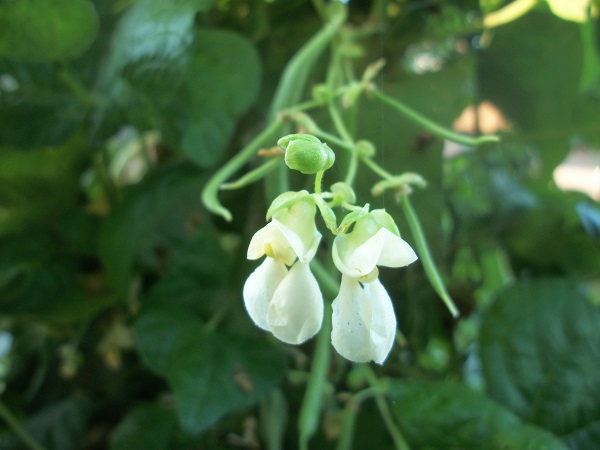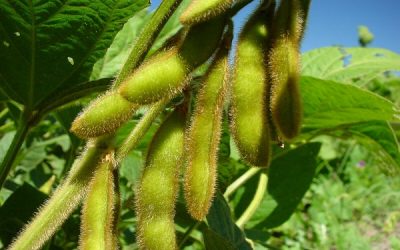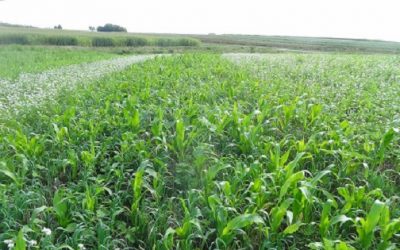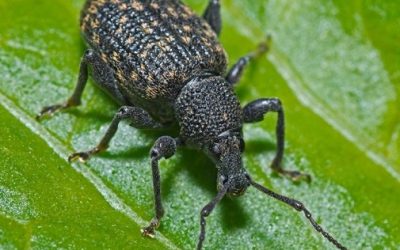Why beans may fail to bloom

Beans are more than a musical fruit in the garden; they’re an excellent plant for first time farmers to get hands -on experience growing vegetables. Usually easy to keep, beans can be really frustrating when no bean flowers are produced during their short growing season. If your beans don’t bloom, don’t panic, but look out for these common causes of bean bud failure.
Like other fruiting plants, beans require exact conditions to set lots of blooms.
Buds fail for a number of reasons, but over fertilization is a common problem among new growers.
Other common reasons for beans plants not flowering are easily correctable environmental conditions. If you catch these early in the season, you may still have a decent crop.
Nitrogen fertilizer stimulates plants to grow lots of vegetation at the expense of flowers. Beans are legumes, like peas, and can fix some of their own nitrogen from the air. Providing bean plants too much nitrogen before they’ve set flowers may prevent flower production entirely. Always perform a soil test before fertilizing your beans.
Environmental conditions must be right for green beans, or buds will abort spontaneously. Wait to plant green beans until the soil temperature is between 60 and 75 F. (16-24 C.) Choose a sunny location and water your plants well. Proper care is often all it takes to stimulate bean flowers. Age is a factor when no bean flowers is the problem.
Unlike other plants that may set blooms continuously through the early part of the growing season, beans usually need to reach maturity before they will bloom. If your plants are still young, they may simply need more time. Most beans only need about four weeks to grow fruit; if you’re more than a month away from your seed packet’s stated days to harvest, be patient.


